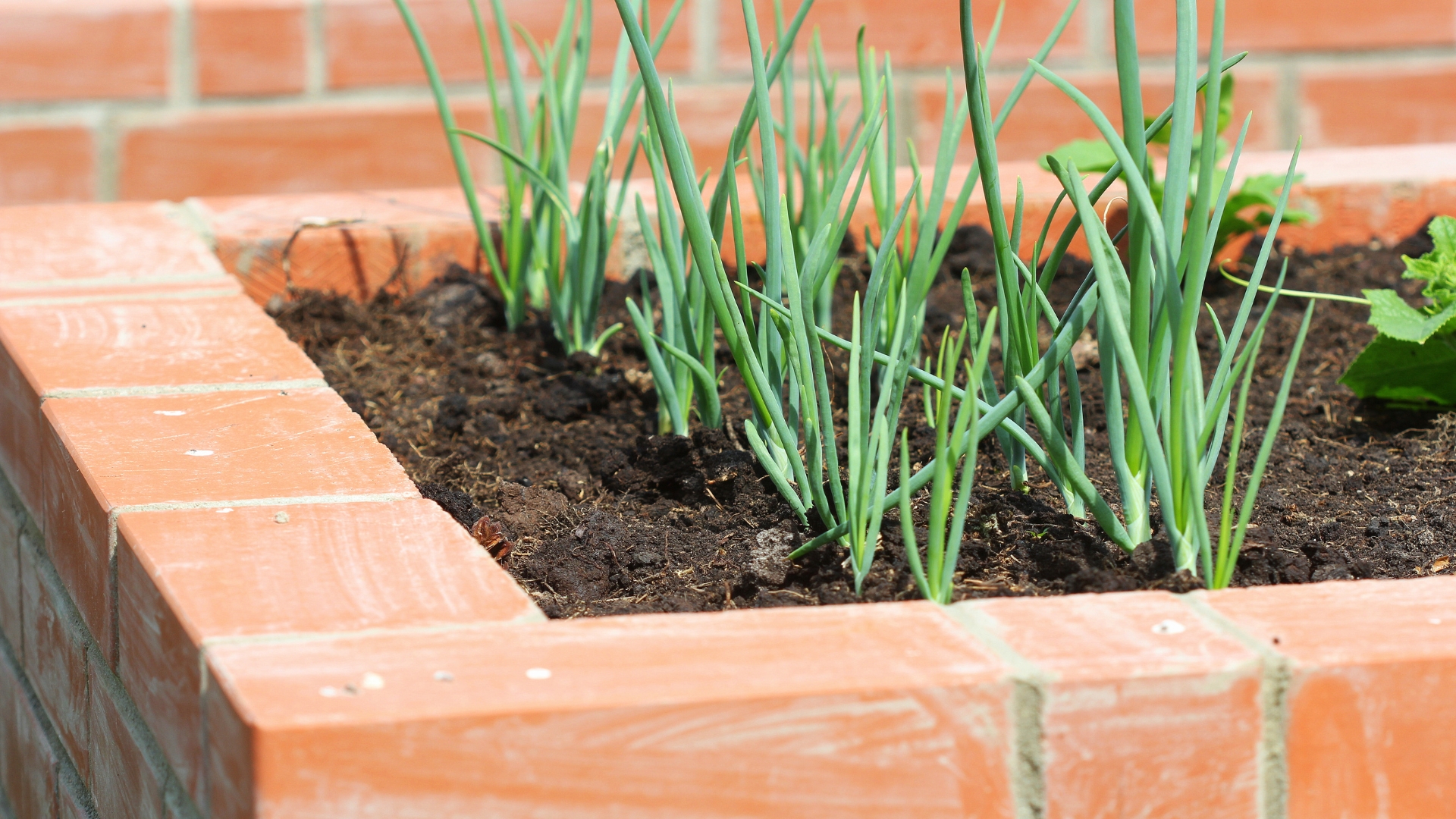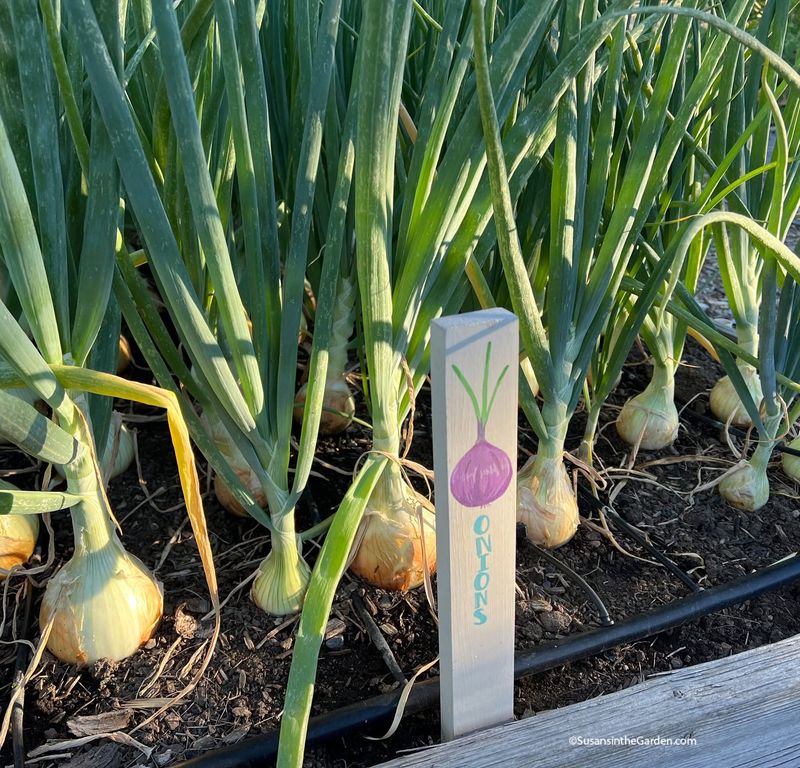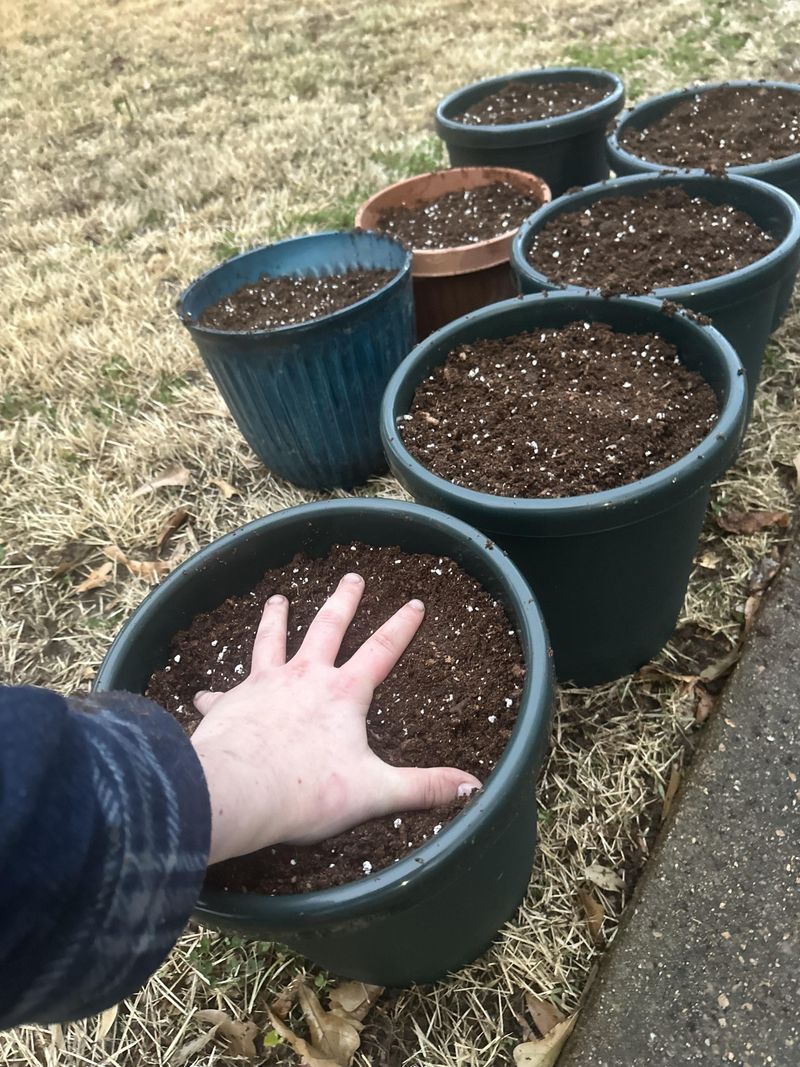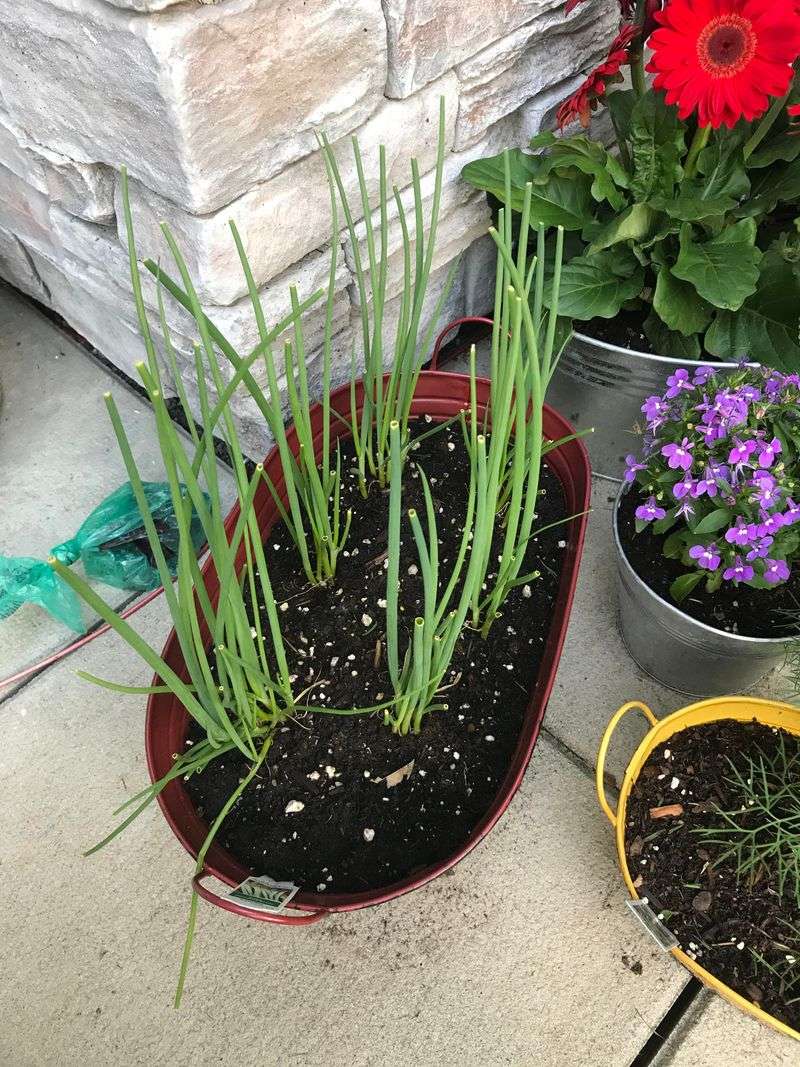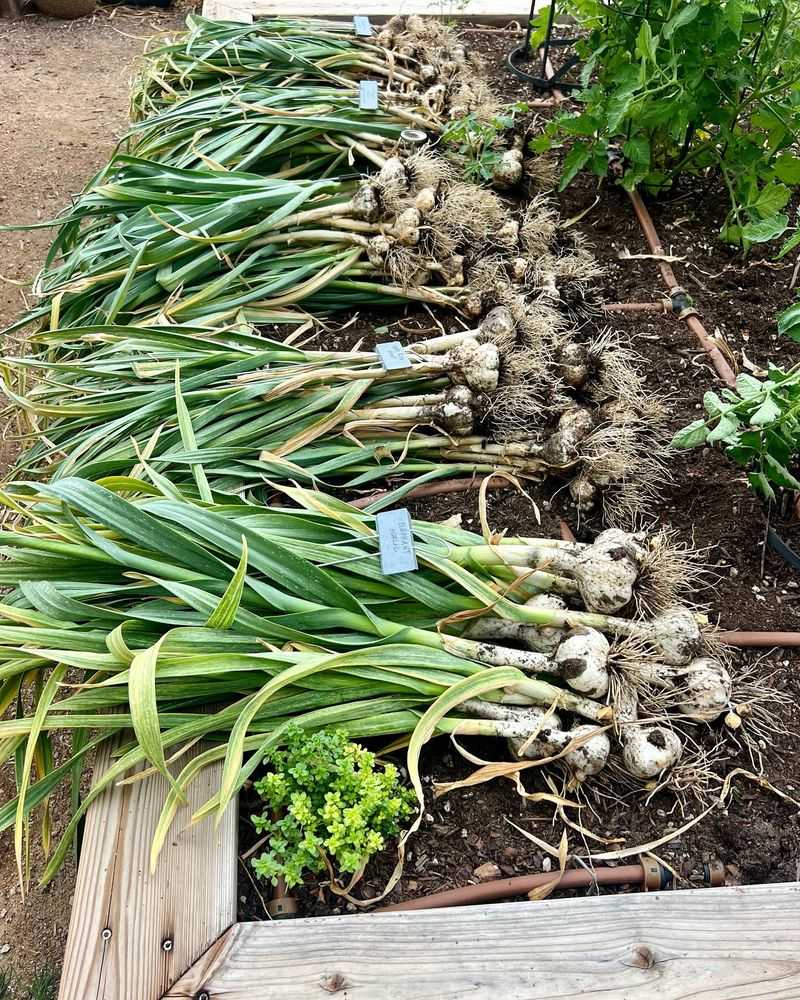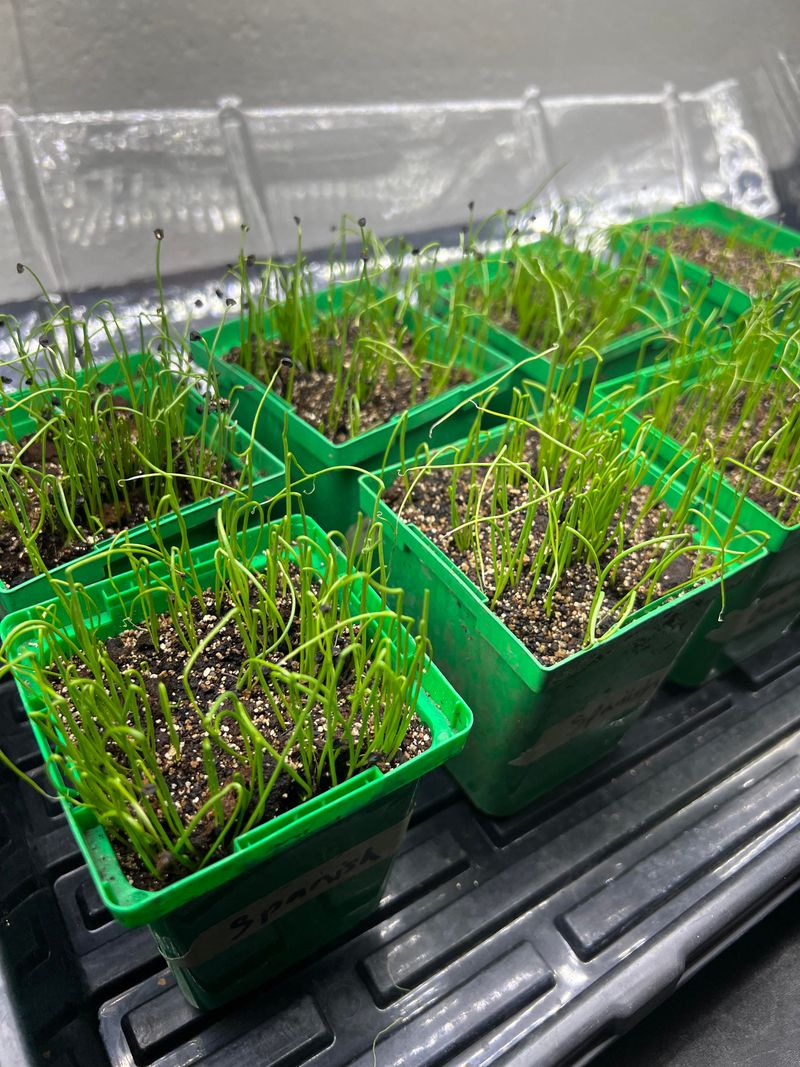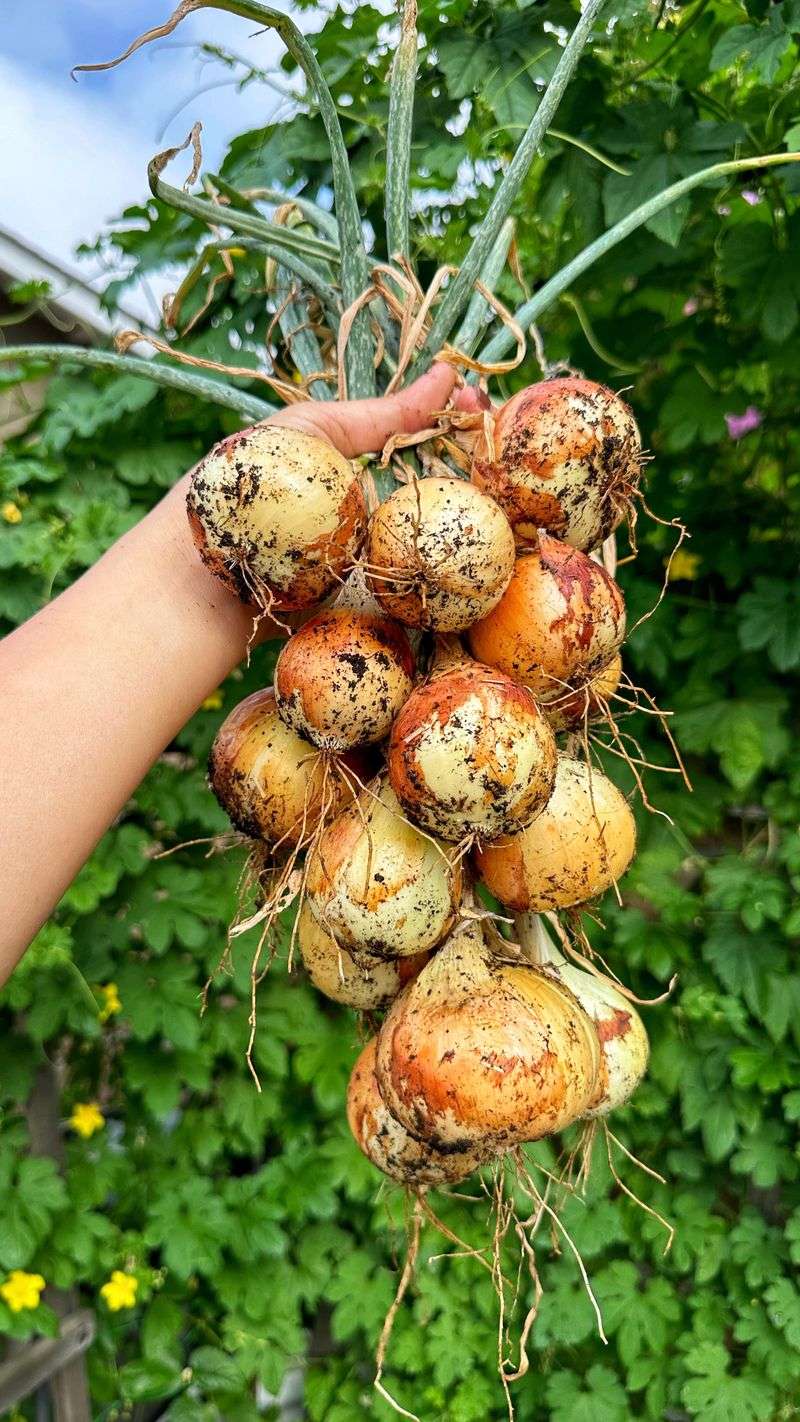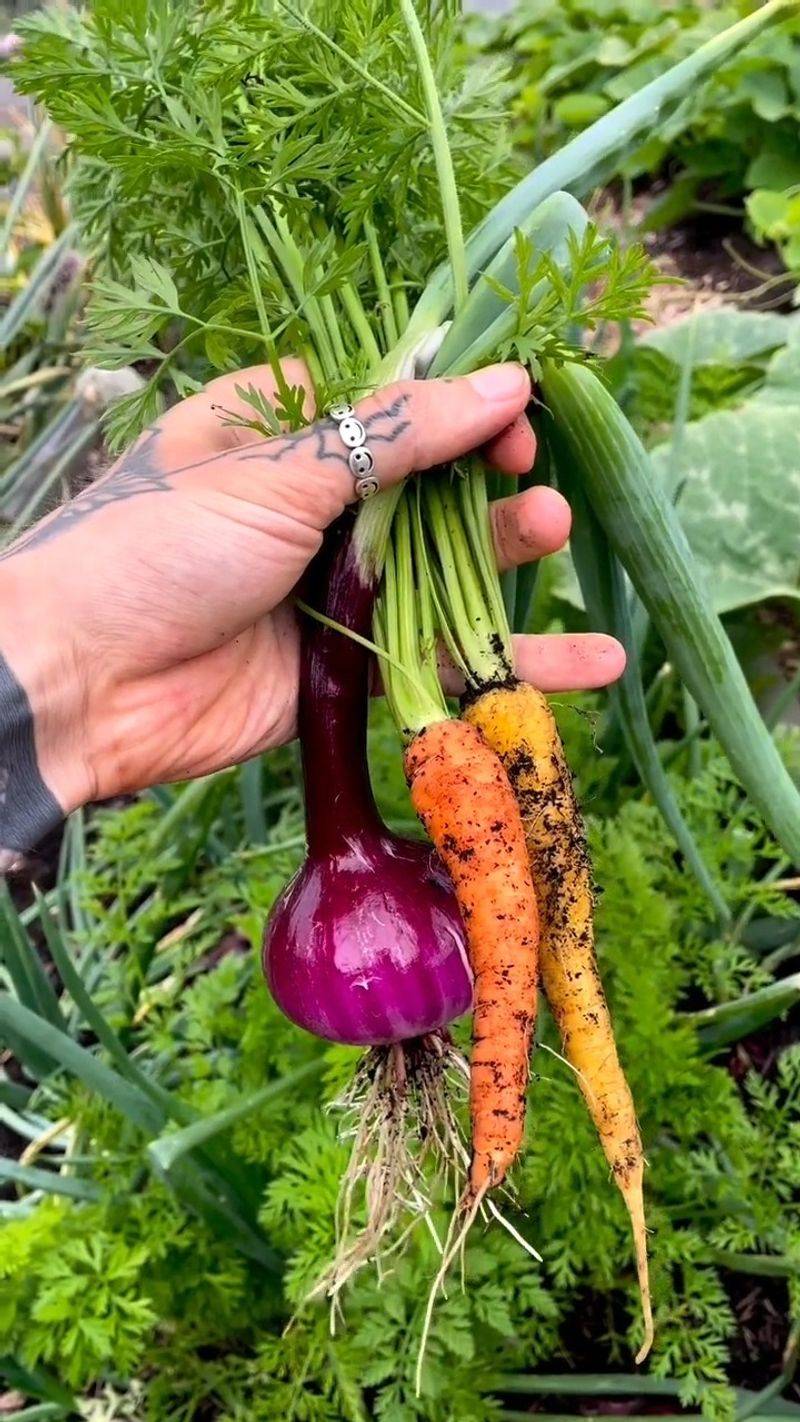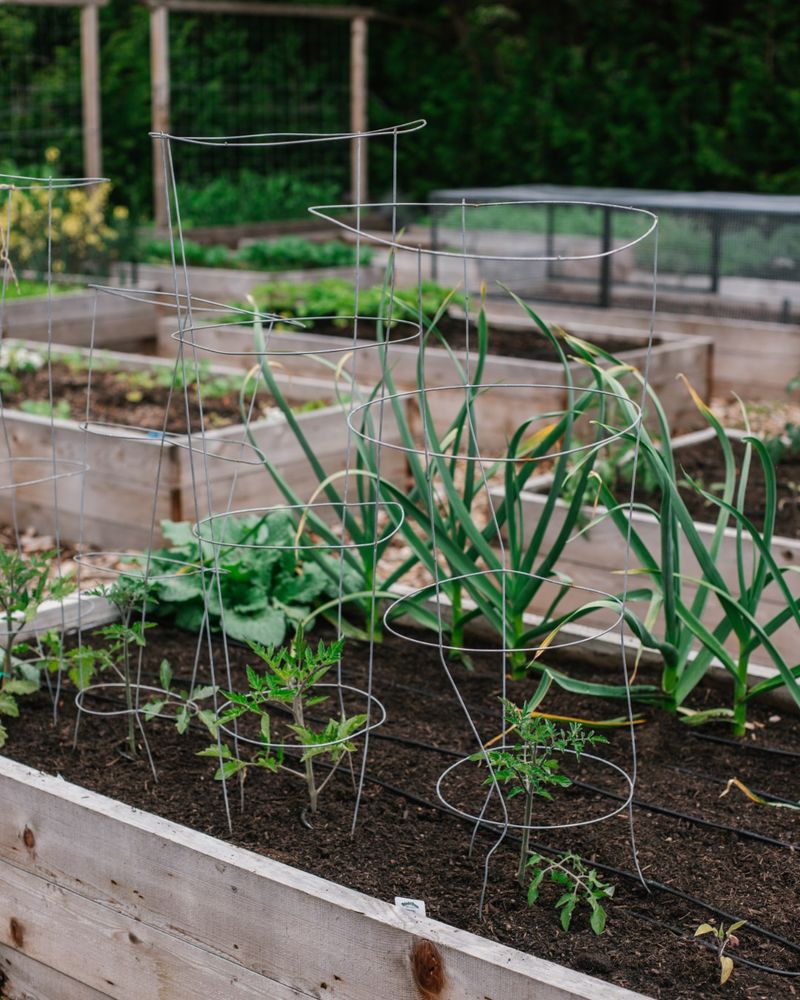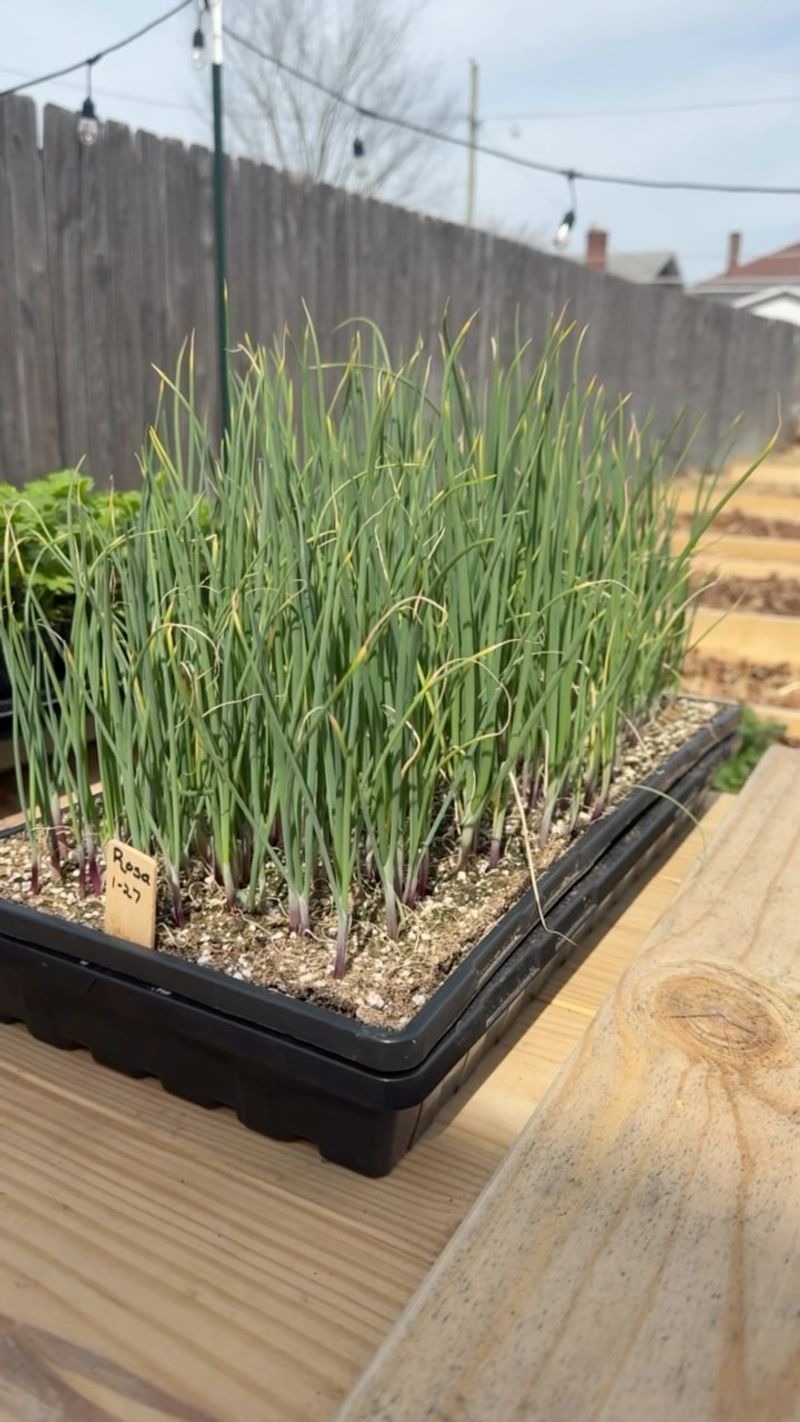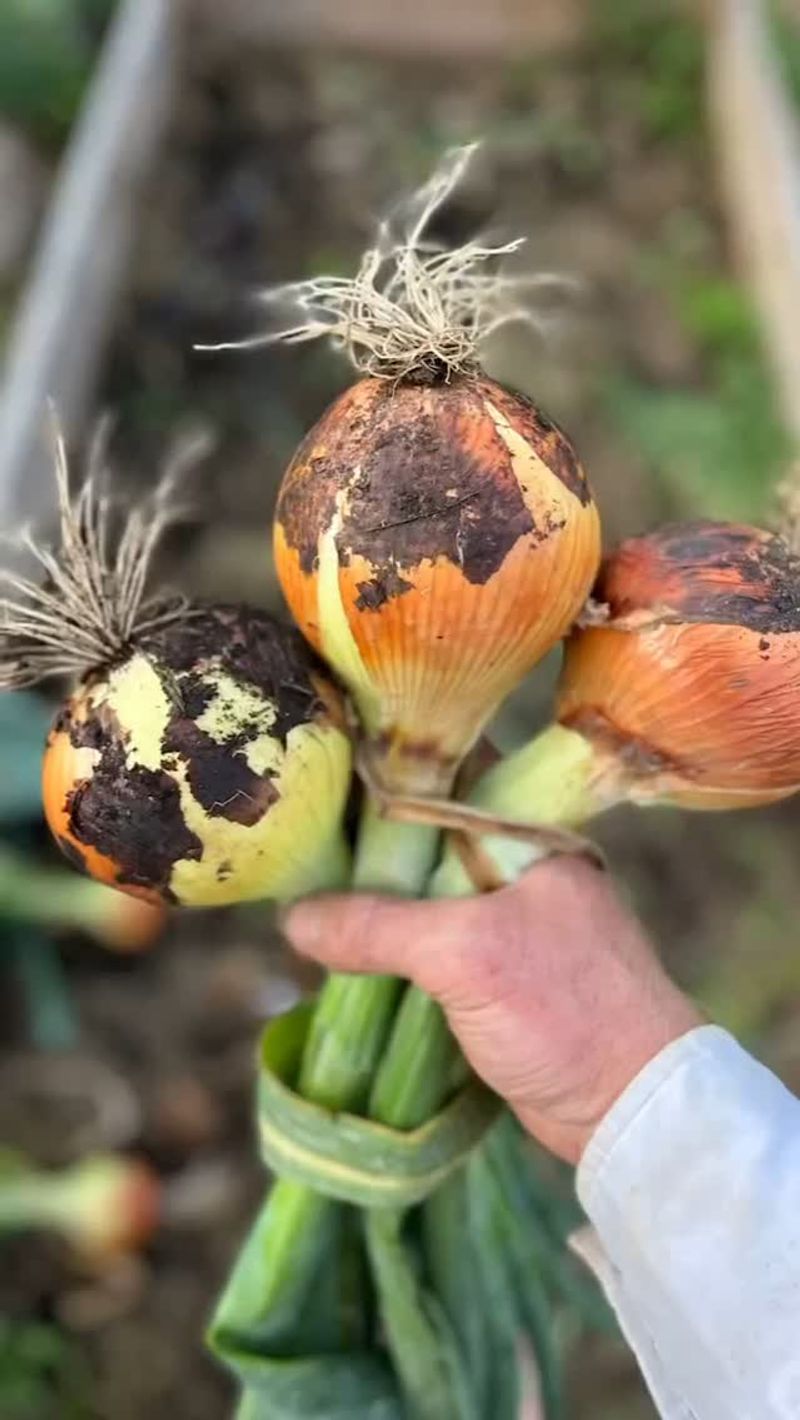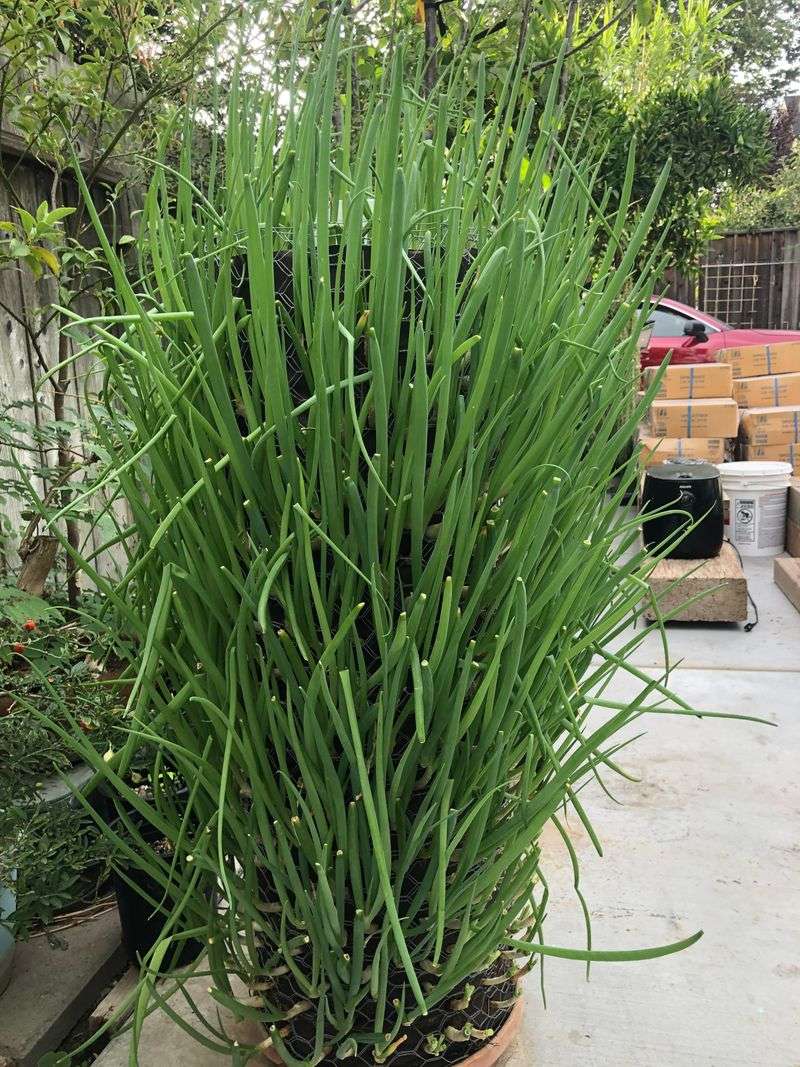Growing onions can be a rewarding and fulfilling experience. With the right techniques, you can produce a bountiful harvest in just one container or garden bed. Imagine the satisfaction of picking fresh onions right from your garden! Here are some engaging and practical tips to help you achieve this.
1. Choose the Right Variety
Selecting the right onion variety is crucial. Some onions, like short-day types, thrive in warmer climates. Others, like long-day onions, are perfect for cooler areas. Choose based on your location’s climate.
Additionally, consider your taste preference. Whether you love the sweet taste of Vidalia or the pungent flavor of a red onion, your choice will impact your harvest. Finally, mixing varieties can also offer a diverse onion yield.
2. Use Quality Soil
Rich, well-draining soil is the foundation of a successful onion crop. Start with a good potting mix, and consider adding compost to enrich the soil.
This boosts nutrient levels and improves drainage. Onions need loose soil to expand their bulbs. Avoid compacted ground, as it hinders growth.
Regularly check and maintain soil conditions, ensuring it remains optimal throughout the growing season.
3. Proper Container Size
Containers should offer ample space for onion roots. A depth of at least 10 inches is ideal. This ensures there’s enough room for bulb development.
Wide containers can accommodate more onions, increasing your yield. Be sure to select containers with drainage holes to prevent waterlogging.
Terracotta pots are popular, but plastic or metal containers work too. Choose one that suits your garden space.
4. Optimal Sunlight
Onions flourish in full sunlight. They require at least 6-8 hours of sunlight daily. Plant onions in an area that receives consistent sun exposure.
If using containers, consider the mobility advantage. You can move them to catch the best sun angles. Avoid shaded spots as they can stunt onion growth. Regularly monitor and adjust their position if necessary.
5. Plant at the Right Time
Timing is everything when planting onions. Planting in early spring ensures they benefit from the growing season. In warmer areas, fall planting can yield earlier harvests.
Always account for your local climate. Use a gardening calendar to track optimal planting times. Observing local planting trends can also offer guidance. Check your area’s frost dates to avoid damage.
6. Maintain Consistent Watering
Onions need consistent moisture, but avoid over-watering. Water deeply once a week, allowing the topsoil to dry slightly between watering.
Over-saturated soil can lead to rot. Mulching can help retain moisture, especially in hotter climates. Adjust your watering routine based on local rainfall and humidity.
Observing the soil’s moisture level ensures healthy growth and prevents common issues.
7. Fertilize Appropriately
Fertilization boosts onion growth. Use a balanced, organic fertilizer every four weeks. This replenishes essential nutrients. Focus on nitrogen-rich options in the early stages for leafy growth.
As bulbs develop, switch to potassium-rich fertilizers. Be careful not to over-fertilize, as it can damage plants. Observing plant health can guide adjustments in your fertilization schedule.
8. Space Them Correctly
Proper spacing allows onions to grow efficiently. Aim for 4-6 inches between each plant. This ensures sufficient room for bulb expansion. Crowded plants compete for nutrients and can stunt growth.
If your container is limited in space, consider staggered planting. Proper spacing also improves air circulation, reducing the risk of fungal diseases. Regularly check and thin if necessary.
9. Control Pests Naturally
Onions can attract pests like onion flies and thrips. Use natural pest control methods to protect your plants. Garlic spray or neem oil are effective, safe options. Companion planting with marigolds can deter pests naturally.
Regularly inspect plants for signs of infestation. Early intervention is key. Avoid chemical pesticides as they can harm beneficial insects and the environment.
10. Rotate Crops
Crop rotation prevents soil depletion and disease build-up. Change your onion planting location each year. This disrupts pest cycles and maintains soil fertility.
If using containers, regularly replace the soil or rotate the contents. Crop rotation enhances plant health and boosts yield.
Plan your garden layout early to incorporate effective rotation strategies. Consistency is vital for success.
11. Mulch for Moisture
Mulching retains soil moisture and suppresses weeds. Use organic mulches like straw or wood chips. They decompose over time, enriching the soil.
Mulch also stabilizes soil temperature, protecting roots in varying weather conditions. Apply a 2-3 inch layer, keeping it away from the onion stems.
Regularly replenish mulch to maintain its benefits throughout the growing season.
12. Prune for Health
Pruning keeps onion plants healthy. Remove yellowed or damaged leaves to redirect energy to bulb growth. Pruning also improves air circulation, reducing disease risk.
Use clean tools to prevent bacterial spread. Regular inspection helps identify pruning needs. Healthy, pruned plants are more productive and resilient.
Remember, pruning is about enhancing growth, not just removing excess.
13. Monitor for Diseases
Onions are susceptible to diseases like mildew or root rot. Regularly inspect plants for any signs of trouble. Symptoms include yellowing leaves or stunted growth.
Early detection is crucial. Remove affected plants immediately to prevent spread. Maintain optimal growing conditions to minimize disease risk. Having a reference guide nearby can assist in quick identification and action.
14. Provide Support
Supporting taller onion varieties prevents them from bending or breaking. Use stakes or frames to keep them upright. This ensures optimal sunlight exposure and air circulation.
Supported plants are less likely to suffer from disease. Regularly check supports for stability. As plants grow, adjust ties and stakes. Providing support enhances growth and maximizes yield potential.
15. Harvest at the Right Time
Knowing when to harvest onions is vital for the best flavor. Bulbs are ready when the tops fall over and yellow. Gently pull them from the soil, avoiding damage.
Cure onions in a warm, dry place to enhance their storage life. Proper harvesting ensures maximum taste and longevity. Timing is key to enjoying the full benefits of your labor.
16. Store Correctly
Correct storage preserves onion freshness. Airy, dark places are ideal. Braiding onion tops or using mesh bags enhances air circulation.
Avoid plastic bags, as they trap moisture and cause rot. Regularly check stored onions for signs of spoilage. Proper storage prolongs shelf life and keeps your onions delicious.
Enjoy your harvest long after the growing season ends.

